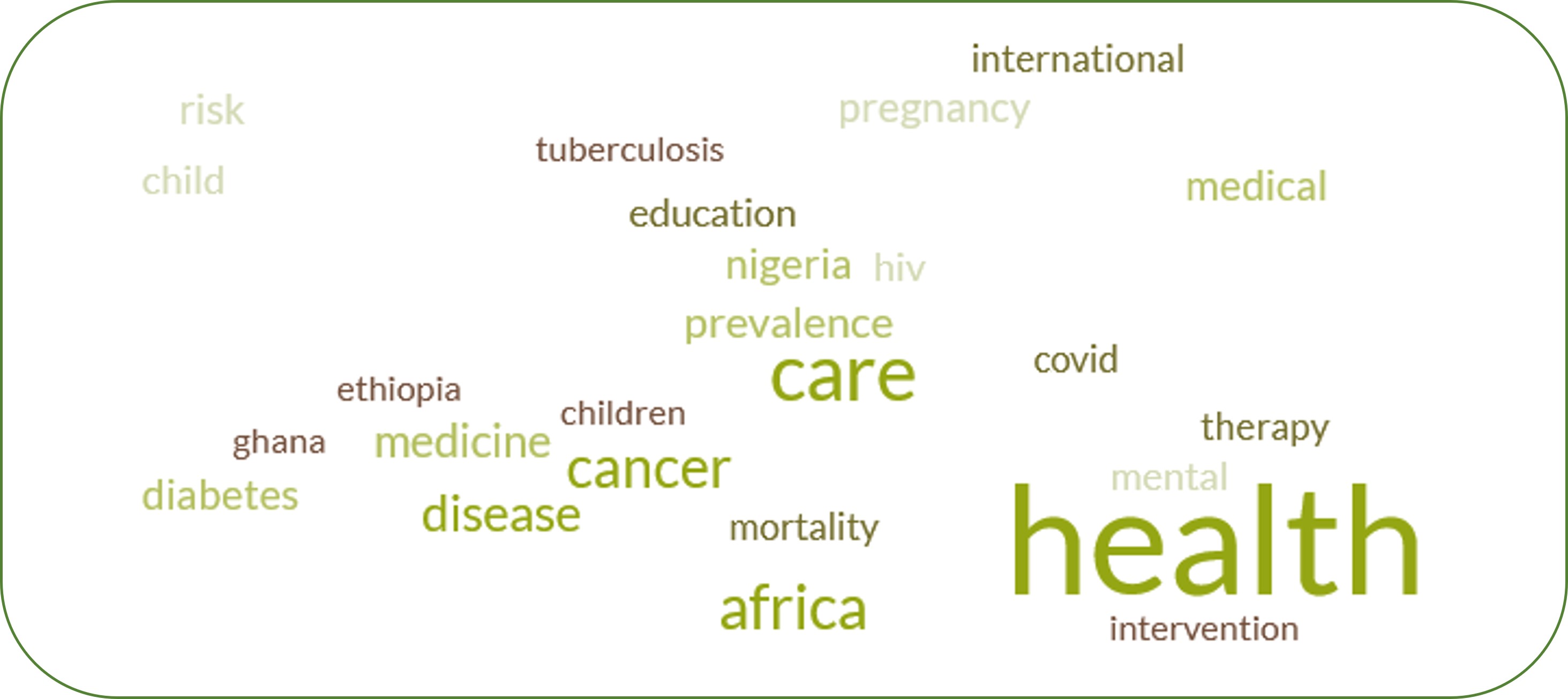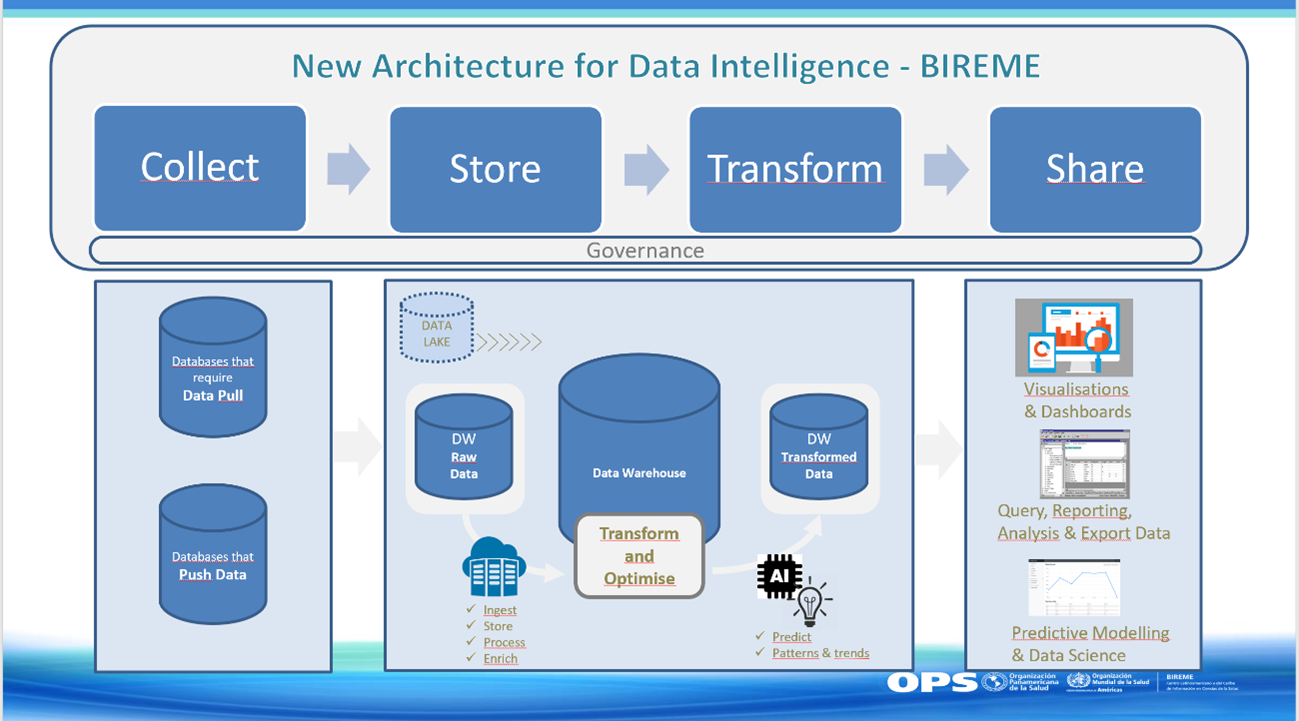The Global Index Medicus (GIM) is the World Health Organization’s (WHO) online platform that provides exclusive access to health evidence produced in low- and middle-income countries. The initiative, which brings together information from WHO’s regional indexes, results from a technical cooperation established with BIREME since 2016 aiming to promote accessibility, visibility, use and impact of health evidence produced and published in five Regions: Africa, the Americas, the Eastern Mediterranean, the Western Pacific, and Southeast Asia.
The platform has more than 2.3 million bibliographic references, with more than 73% of the records available in full text (1.7 million).
Regarding GIM, the main advances in 2023 were:
- An increase of 217.72% in the number of users and 204.25% in the number of pages visited compared to the same period in 2022;
- A growth of 4.3% in the total number of bibliographic references indexed, representing more than 101,000 new references available in the regional indexes for Africa, Southeast Asia, Eastern Mediterranean, Western Pacific, and Latin America and the Caribbean;
- The most commonly used languages for research were: Spanish (41.55%), English (30.61%), Portuguese (17.49%), French (5.8%), Chinese (1.25%), and other languages (4.01%);
- Regular publication of highlighted information on various priority health issues on the website home page;
- Annually updated infometric data and regional indices.

On November 20 and 21, 2023, BIREME participated in the annual meeting of the WHO Global Library Group (GLG) via web teleconference. The GLG, coordinated by the WHO Digital Library and Information Networks Unit in Geneva, includes members from all the Organization’s Regional Offices. “BIREME plays a key role in the technological management of the GIM, being responsible for collecting and processing the metadata of the regional indexes maintained by the information and knowledge management teams and libraries of the WHO offices,” explains Sandra Biasi Janostiac, BIREME’s Digital Solutions and Emerging Technologies Manager, who participated in the meeting.
During the meeting, highlights included progress in managing the GIM in 2023, strategic planning for the next biennium (2024-25), aspects of technical governance and the Regional Office Advisory Committee, as well as related funding commitments.
The following topics were presented and discussed:
- Technical update on IRIS (Institutional Repository for Information Sharing);
- Presentation for the implementation of the United Nations standard document (AKN4UN) at the WHO;
- Research4Life: country selection process for Country Connectors;
- Evidence retrieval activities and staff updating: three-level learning and training;
- QNS Learning Hub.
Representing BIREME, Sandra Biasi Janostiac had the opportunity to share the initiatives underway to improve the Information Architecture that technically supports the applications provided. Sandra adds that the current phase of the project includes not only the updating of data collection, storage and processing processes, but also significant advances in projects based on Artificial Intelligence (AI). “These efforts reflect BIREME’s ongoing commitment to the continuous improvement of its products and services, highlighting its essential role in the health information landscape,” she concludes.

The virtual meeting was attended by 27 representatives of the WHO Regional Offices and Headquarters, as well as those of the Headquarters and Departments of the Pan American Health Organization (PAHO), and BIREME, as this Organization’s specialized center for health sciences information.
Check out the bibliographic indicators by region below:
- African Index Medicus (AIM): More than 18,000 bibliographic references from 258 scientific journals;
- Index Medicus for the Eastern Mediterranean Region (IMEMR): More than 295,060 bibliographic references from more than 1,109 peer-reviewed health and biomedical sciences journals;
- Index Medicus for the South-East Asia Region (IMSEAR): More than 187,000 bibliographic references from 49 scientific journals;
- Latin America and the Caribbean Literature on Health Sciences (LILACS): More than 914,000 bibliographic references from more than 800 scientific journals;
- Western Pacific Region Index Medicus (WPRO): More than 776,000 bibliographic references from 678 scientific journals.
Links of interest:
Global Index Medicus – World Health Organization
WHO supports BIREME’s leadership in the Global Index Medicus – BIREME/PAHO/WHO Bulletin